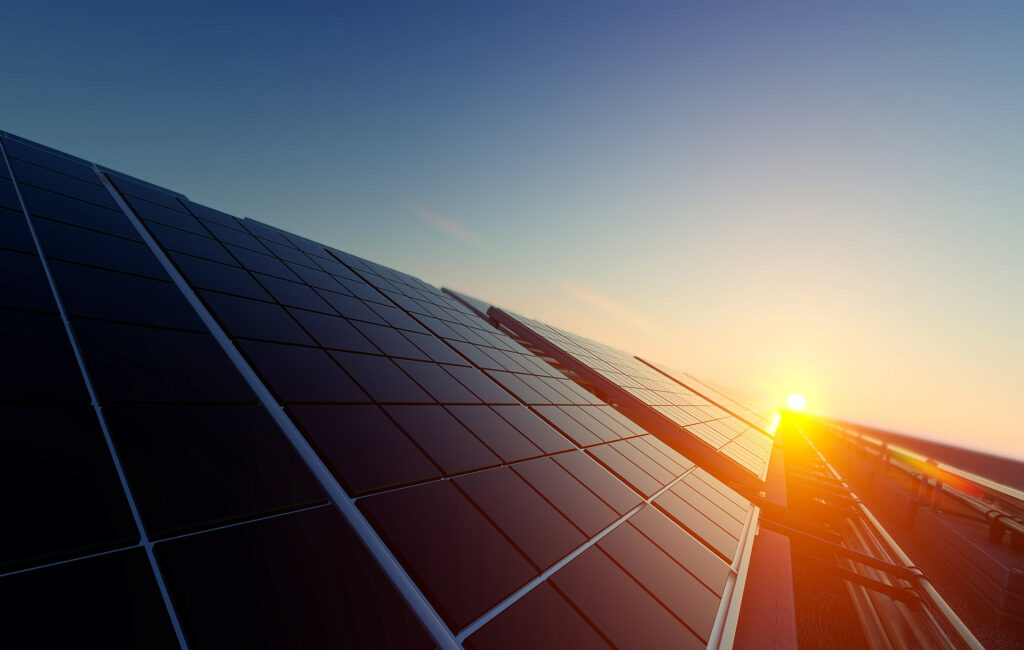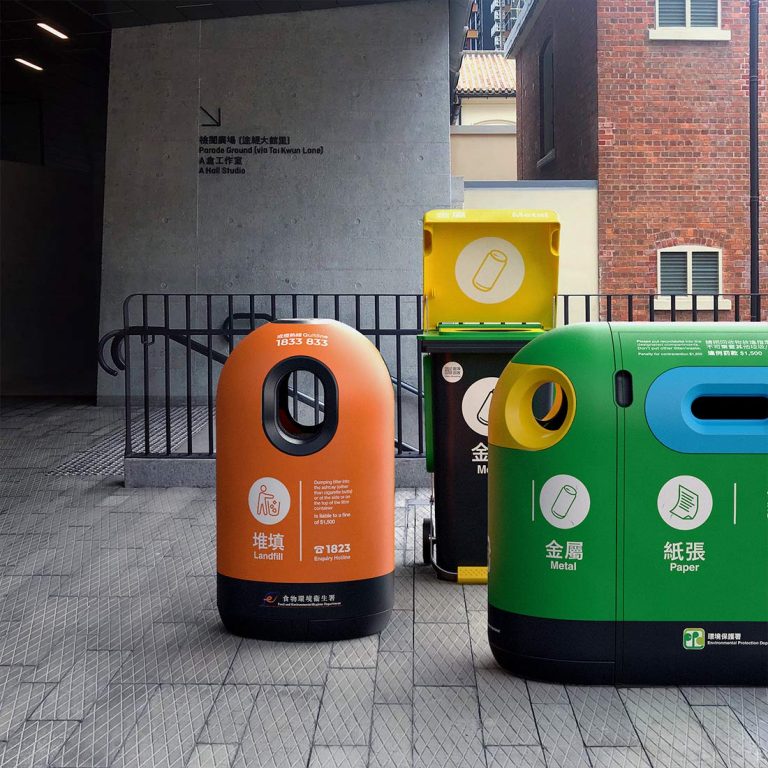Are you considering how you can lower you carbon footprint? Here are 5 significant improvements homeowners to reduce their carbon footprint. The benefits of reducing your carbon footprint is not just green but includes a significant cost saving over time.
According to the U.S. Energy Information Administration (EIA), the average annual energy consumption of a U.S. residential utility customer in 2020 was 9,187 kilowatt hours (kWh) per year. This is equivalent to an average monthly electricity usage of 766 kWh. However, it’s important to note that energy consumption can vary widely depending on factors such as the size of the home, location, climate, and energy efficiency measures in place.
What is a carbon footprint and how is it calculated?
To calculate CO2 emissions from burning fossil fuels, the amount of fuel consumed is multiplied by the emission factor for that fuel. The emission factor is a number that represents the amount of CO2 emitted per unit of fuel burned. For example, the emission factor for coal is about 2.1 pounds of CO2 per kilowatt-hour (kWh) of electricity generated, while the emission factor for natural gas is about 1.2 pounds of CO2 per kWh.
Once the total amount of CO2 emissions is calculated, it can be converted to metric tons (MT) of CO2 by dividing the total amount of CO2 emissions by 2,204.6 pounds (1 MT = 2,204.6 pounds).
It’s worth noting that calculating CO2 emissions can be a complex process, and different methods and factors may be used depending on the source and the purpose of the calculation.
Our 5 steps
1. Upgrade to energy-efficient kitchen appliances
2. Use LED light bulbs:
3. Install a programmable thermostat
4. Increase insulation
5. Install solar panels
The amount of CO2 that can be reduced by implementing these five steps can vary depending on a number of factors, such as the size of the home, the energy consumption habits of the homeowner, and the type of appliances and materials used.
However, here are some general estimates of the potential CO2 reduction, and energy expense savings, from each of the five steps:
1. Upgrade to energy-efficient kitchen appliances
Old appliances such as refrigerators, ovens, and dishwashers can be major energy hogs. Upgrading to energy-efficient models can significantly reduce energy consumption and save money on energy bills.
CO2 Savings
Upgrading to energy-efficient appliances can reduce energy consumption by up to 50%, resulting in a potential CO2 reduction of 1,500 to 3,000 pounds per year.
Installations cost
The cost of upgrading to energy-efficient appliances can vary depending on the specific appliances chosen and the size of the home. However, the cost of upgrading a typical home’s major appliances (refrigerator, dishwasher, oven, etc.) can range from $2,000 to $5,000.
Cost impact ratio
The cost-impact ratio will depend on the specific appliances being replaced and their energy consumption. In general, upgrading to energy-efficient appliances can result in significant savings in energy costs over time, resulting in a high cost-impact ratio.
US tax credits and benefits
Some US state and local governments offer rebates or other incentives for purchasing energy-efficient appliances.
You may want to check with your state or local government to see if any rebates or other incentives are available.
Here are a few examples of states that offer tax credits or rebates for energy-efficient appliances:
- California: Offers rebates for energy-efficient refrigerators, clothes washers, and water heaters through the state’s Energy Upgrade California program.
- New York: Offers rebates for ENERGY STAR-certified refrigerators, clothes washers, and freezers through the state’s Energy Star Appliance Rebate Program.
- Massachusetts: Offers rebates for ENERGY STAR-certified refrigerators, clothes washers, and freezers through the state’s Mass Save program.
- Oregon: Offers a tax credit for energy-efficient clothes washers, refrigerators, and freezers through the state’s Residential Energy Tax Credit program.
- Maryland: Offers rebates for ENERGY STAR-certified clothes washers and refrigerators through the state’s EmPOWER Maryland program.
Keep in mind that these incentives can change over time, so it’s a good idea to check with your state or local government for the most up-to-date information.

2. Use LED light bulbs
The light bulb is probably the the easiest sustainable alternatives for everyday products. LED light bulbs are more energy-efficient than traditional incandescent bulbs and can last much longer. This not only saves energy but also reduces the number of bulbs that end up in landfills.
CO2 Savings:
LED light bulbs can save up to 75% in energy compared to incandescent bulbs, resulting in a potential CO2 reduction of 450 to 750 pounds per year.
Installations cost
The cost of switching to LED light bulbs can vary depending on the number of bulbs needed and the brand chosen. However, on average, an LED bulb costs around $8, compared to $1 for an incandescent bulb. The cost of replacing all bulbs in a typical home can range from $100 to $300.
Cost impact ratio 10:1
The cost-impact ratio for using LED light bulbs can be very high, as the cost per bulb is relatively low, and the energy savings can be significant. This is one of the most cost-effective and efficient steps that can be taken to reduce energy consumption and lower carbon footprint. It is estimated that switching to LED bulbs can result in a cost-impact ratio of around 10:1, meaning that the energy savings over the lifetime of the bulb are around 10 times the initial cost of the bulb.
Amazon’s selection LED light bulbs:
3. Install a programmable thermostat
Programmable thermostats can be set to automatically adjust the temperature in your home based on your schedule. This can save a significant amount of energy and reduce your carbon footprint.
CO2 Savings
Installing a programmable thermostat can reduce energy consumption by up to 10%, resulting in a potential CO2 reduction of 300 to 600 pounds per year.
Installations cost
The cost of installing a programmable thermostat can vary depending on the specific model and the cost of labor in the area. However, on average, the cost of installing a programmable thermostat can range from $150 to $250.
Cost impact ratio, 5:1
This is a relatively low-cost upgrade that can have a big impact on energy consumption and carbon footprint.
It is estimated that installing a programmable thermostat can result in a cost-impact ratio of around 5:1, meaning that the energy savings over time are around 5 times the initial cost of the thermostat.
Best thermostats Cnet 2023
https://www.cnet.com/home/energy-and-utilities/best-smart-thermostats/
US tax credits and benefits
The US federal government offers a tax credit of up to $150 for homeowners who install a qualified programmable thermostat. The credit is available through the end of 2023 and can be claimed on the homeowner’s federal income tax return. To claim the credit, you will need to fill out IRS Form 5695 and include it with your federal income tax return.
For more information, you can visit the following link: https://www.energystar.gov/products/heating_cooling/smart_thermostats/rebate_finder–
4. Increase insulation
Ensuring that your home is well-insulated can reduce the amount of energy needed to heat and cool it. This can also make your home more comfortable and reduce noise from outside.
CO2 Savings
Increasing insulation can reduce energy consumption by up to 30%, resulting in a potential CO2 reduction of 900 to 1,800 pounds per year.
Installations cost
The cost of increasing insulation can vary depending on the size of the home and the type of insulation used. However, on average, the cost of adding insulation to a typical home can range from $1,500 to $3,000.
Cost impact ratio, around 3-4:1
This upgrade may have a longer payback period than some of the other upgrades, but it can still be very cost-effective in the long run.
The cost-impact ratio will depend on the specific insulation upgrades being made, but it is estimated that upgrading insulation can result in a cost-impact ratio of around 3-4:1
US tax credits and benefits
The US federal government offers a tax credit of up to 10% of the cost of qualified insulation upgrades, up to a maximum of $500. To claim the credit, you will need to fill out IRS Form 5695 and include it with your federal income tax return. The credit is available through the end of 2023 and can be claimed on the homeowner’s federal income tax return.
For more information, you can visit the following link: https://www.energystar.gov/products/insulation/tax_credits

5. Install solar panels
Installing solar panels on your roof can generate renewable energy and reduce your dependence on fossil fuels. This is a significant investment but can pay off in the long run by reducing your energy bills and carbon footprint.
CO2 Savings
Installing solar panels can generate renewable energy and reduce dependence on fossil fuels, resulting in a potential CO2 reduction of 4,000 to 6,000 pounds per year.
Installations cost
The cost of installing solar panels can vary depending on the size of the system needed and the cost of labor in the area. However, on average, the cost of installing a solar panel system can range from $15,000 to $25,000 or more.
Cost impact ratio, around 2-3:1
The cost-impact ratio for installing solar panels can be high, as the upfront cost can be significant, but the long-term savings in energy costs and carbon footprint can be significant as well. This upgrade may have the longest payback period, but it can have a significant impact on reducing carbon footprint and dependence on fossil fuels.
The cost-impact ratio will depend on the specific solar panel system being installed, but it is estimated that installing solar panels can result in a cost-impact ratio of around 2-3:1 over the lifetime of the system.
US tax credits and benefits
The federal government offers a tax credit of up to 26% of the cost of a qualified solar panel system. The credit is available through the end of 2022 and can be claimed on the homeowner’s federal income tax return. Some states and local governments may also offer additional incentives for installing solar panels.
To claim the credit, you will need to fill out IRS Form 5695 and include it with your federal income tax return. You can find more information about the credit and how to claim it on the Energy Star website:
https://www.energystar.gov/about/federal_tax_credits/2019_non_business_energy_property_tax_creditsat
NOTE
It is important to note that these are estimates and that the actual cost-impact ratios will depend on a number of factors, including the specific upgrades being made, the cost of labor and materials in a particular location, and the energy usage patterns of the household.
The cost of upgrading a home following these five steps can vary depending on a number of factors such as the size of the home, the current state of the home’s energy efficiency, and the cost of labor and materials in the specific location. Here are some general estimates of the costs involved in each step:



